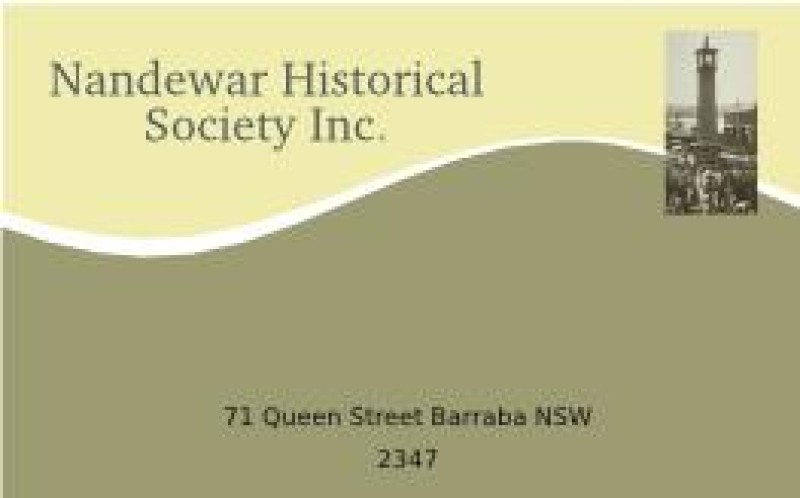History Notes - Cohen's shop site identified

History Notes
This week seems to have flown past. Thank you to the people who told us where Cohen’s shop was – John Cohen had his shop in a building on the southern end of the mall – I had not realised that there were two shops in the mall space. The northern shop was a baker that got burnt out in 1898 and then rebuilt and then later Tony Hungerford and Eric Grills were there before it was removed to make way for the current mall.
The main street book is progressing into quite a volume of information – it will no doubt be read and commented on again before it is finally ready for purchase. Can anyone tell us who Bird & Williams were? I have been checking some old directories and all I have found is George Bird, labourer, and F J Williams, farmer, under Barraba in 1878/9. Bird and Williams was an early store but we don’t know anymore apart from a John F Williams who died in 1896 without any information. He does not belong to the C G Williams family.
It is sometime since I have looked at the directories which date back to 1872 when Jessie Cameron, innkeeper, Queen Street, was the only entry apart from two shopkeepers – John Fletcher and Edward Newton.
Three years later Dr Faddy, William Muir, blacksmith, C J Russell, storekeeper, James Salter, innkeeper, Peter Sinclair, pound keeper, were also listed. Five years later (1890) there were seventeen business people listed.
The directories in the early days mostly listed the big property owners rather than those in business. There was one exception in Grevelle’s Directory in 1872 where there are three foolscap pages of names covering the Cobbadah area. Included in this are all the persons living on a property instead of just the owner eg, there are nine Arndell family members at Rocky Creek. Six members of the Crowley family are listed at Dunnee which really should be Cobbadah Station and another six – Bridgers – are listed at the Cobbadah Post Office which is not correct as three were actually at Cobbadah Station at the time.
One of the most interesting parts of this list is the miners at Top Bingara. There were a lot of Chinese and their names – Ah Tin, Ah Tong, Ah Vat, Ah Vee for example, read like a piano lesson and must have tested the postmaster as well as the mining licence inspectors. Not all the Chinese were miners as some were listed as gardeners and shepherds. Ah Vee was actually a butcher and another, See Ah, was a bootmaker, probably doing better than the actual miners on the field.
